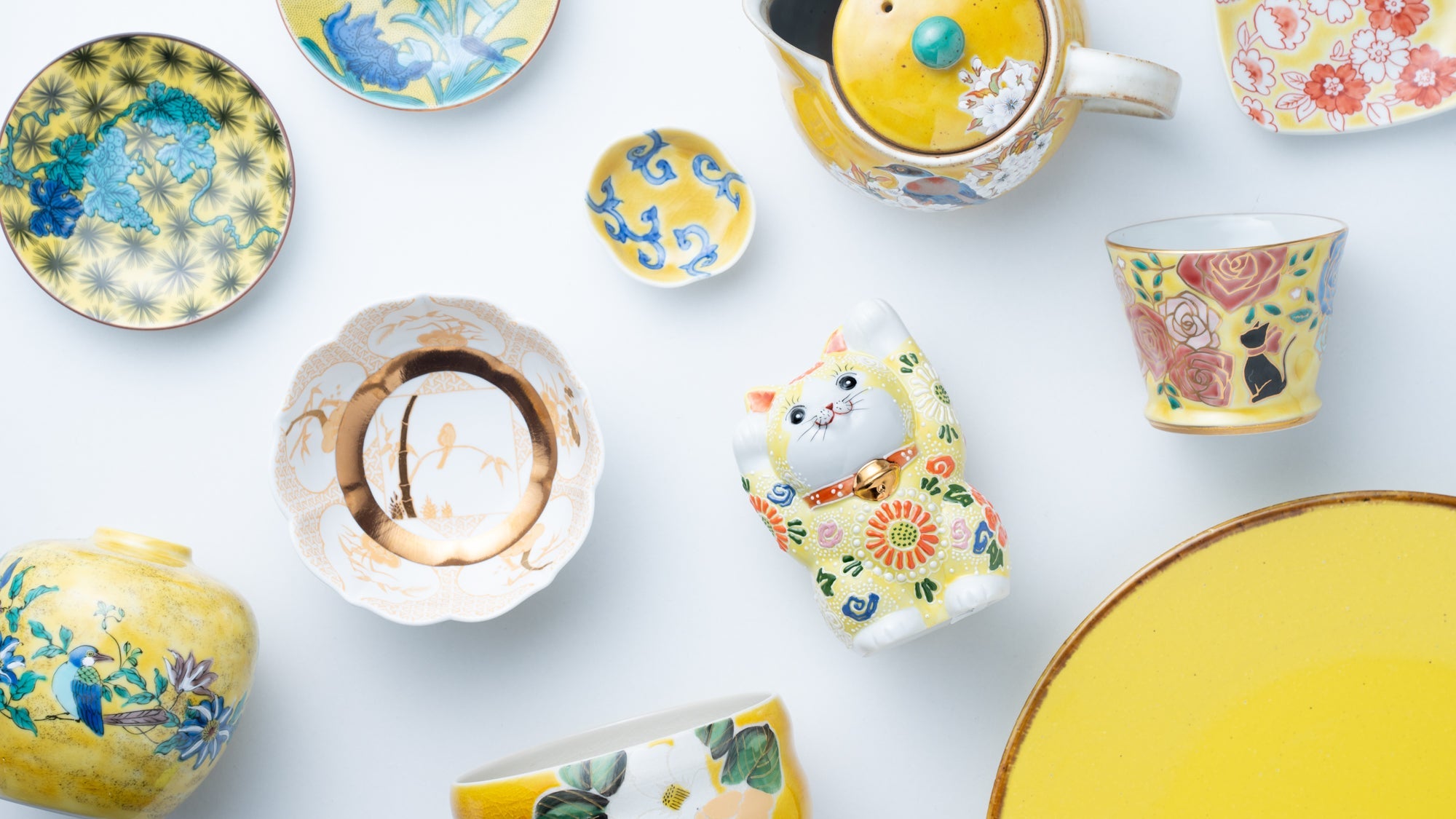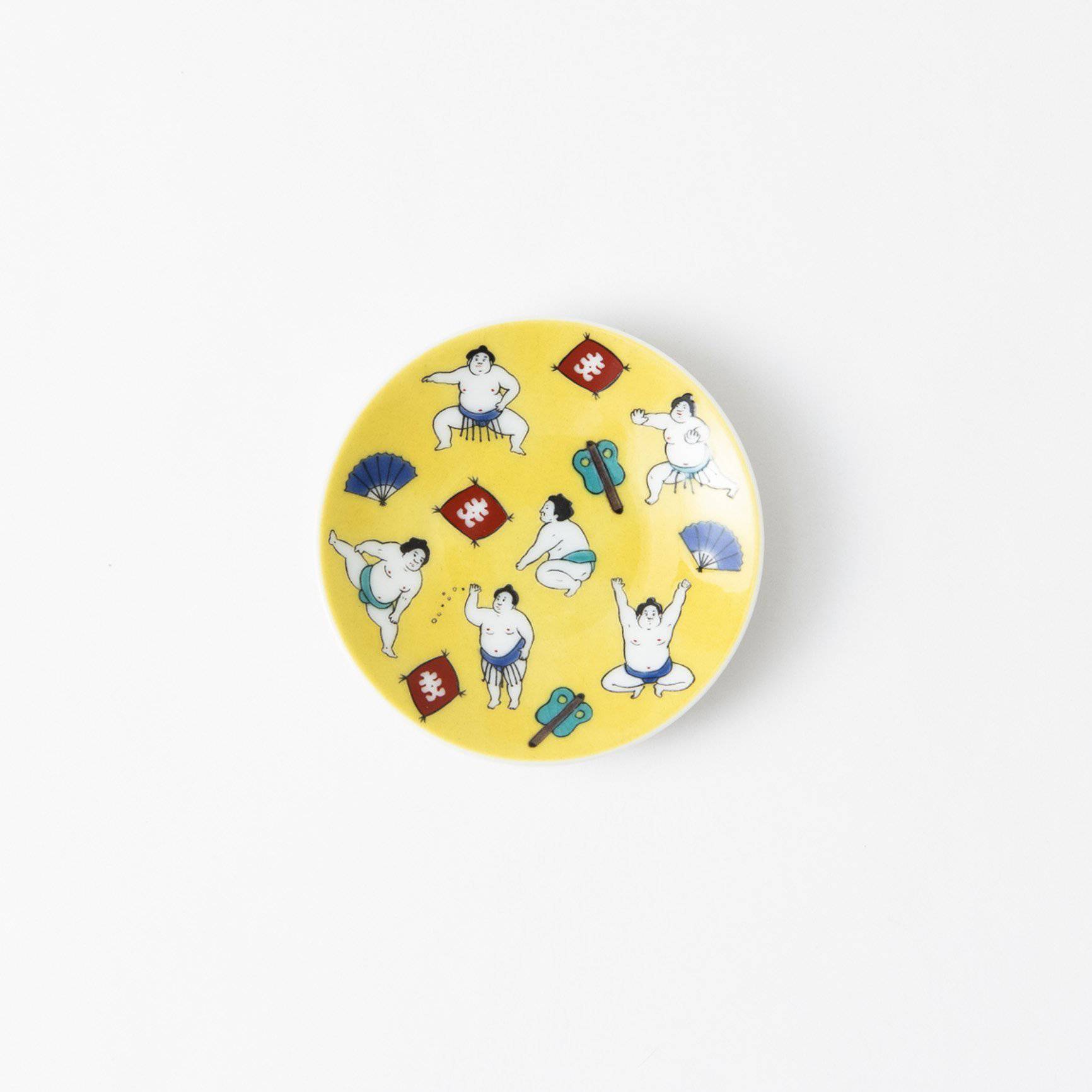
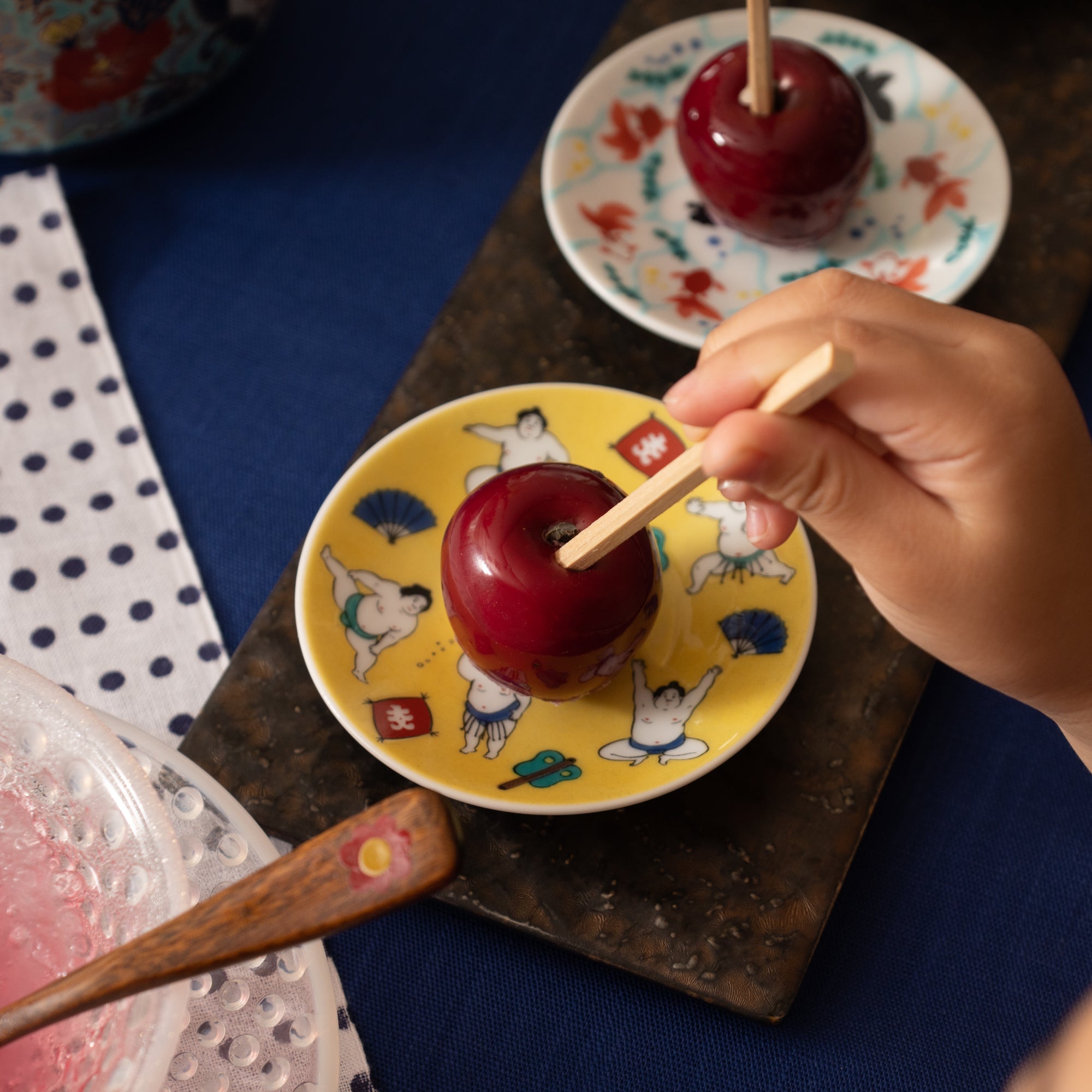
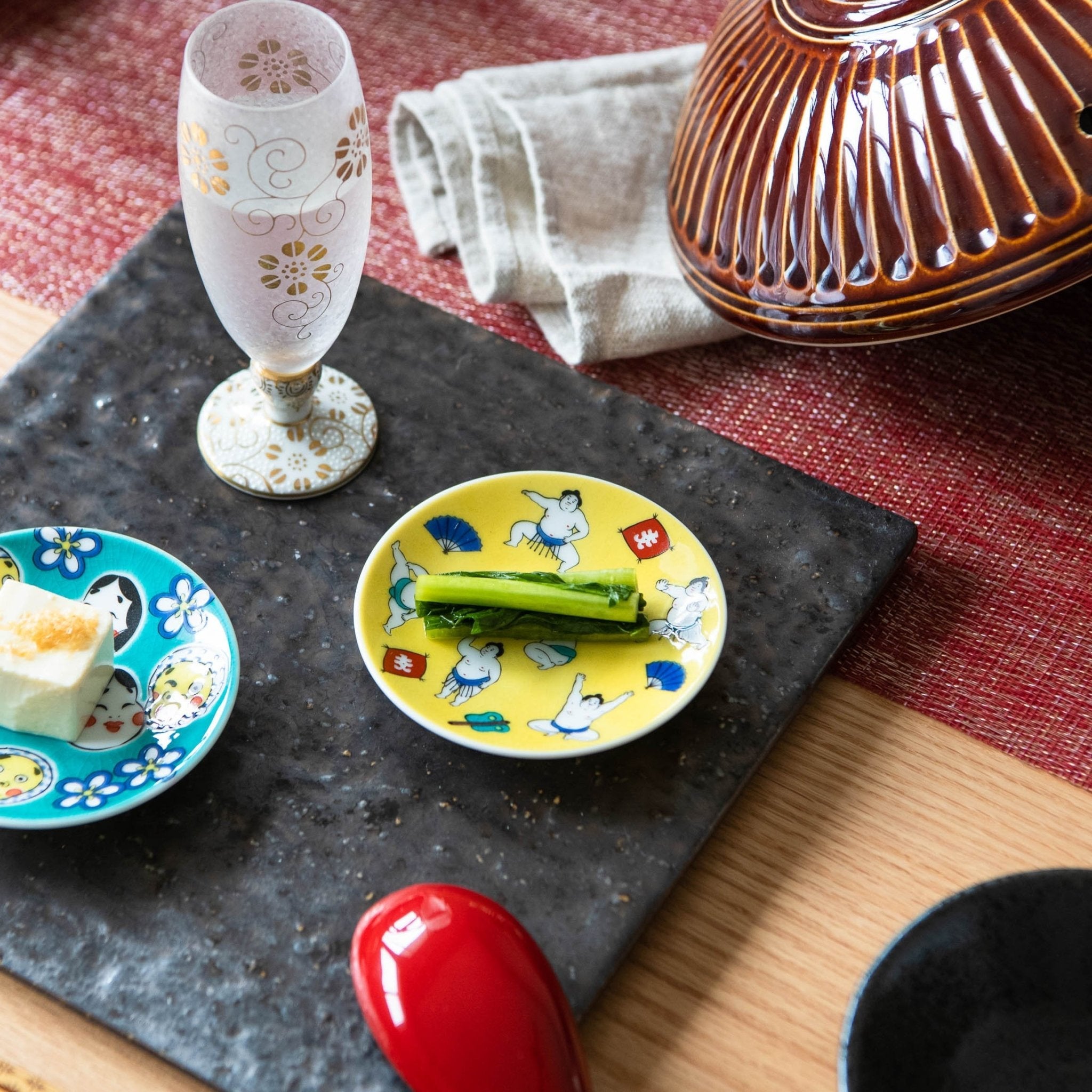
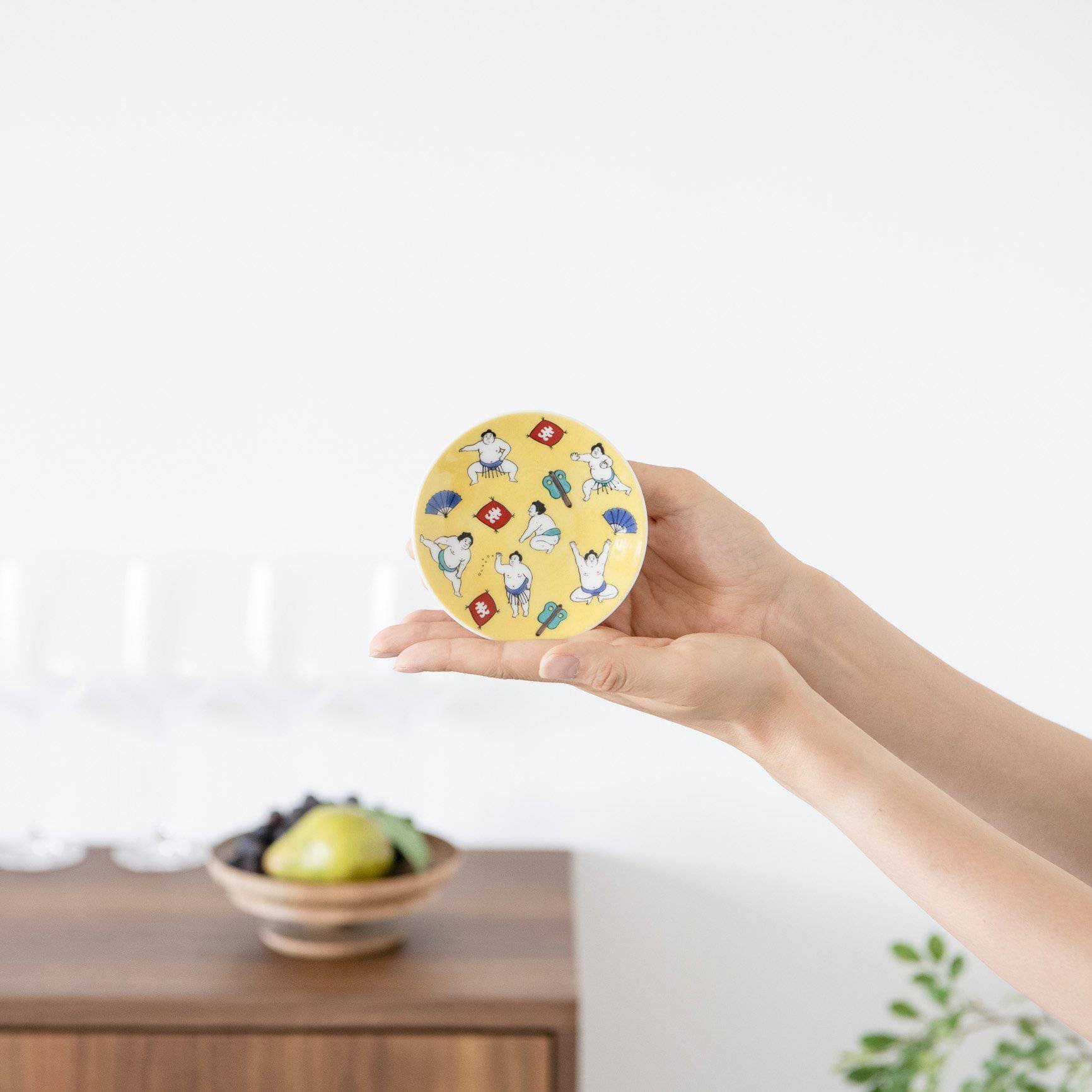
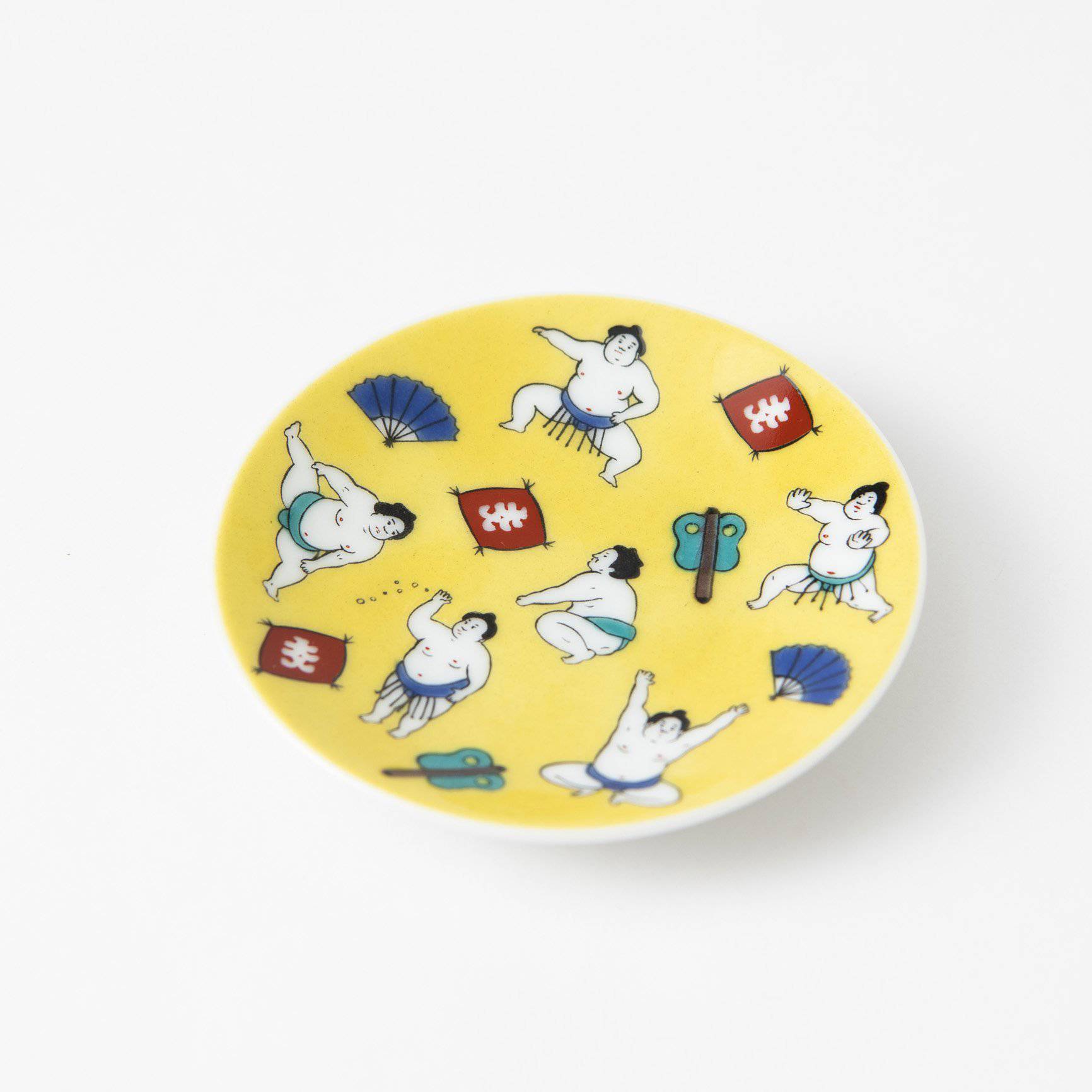
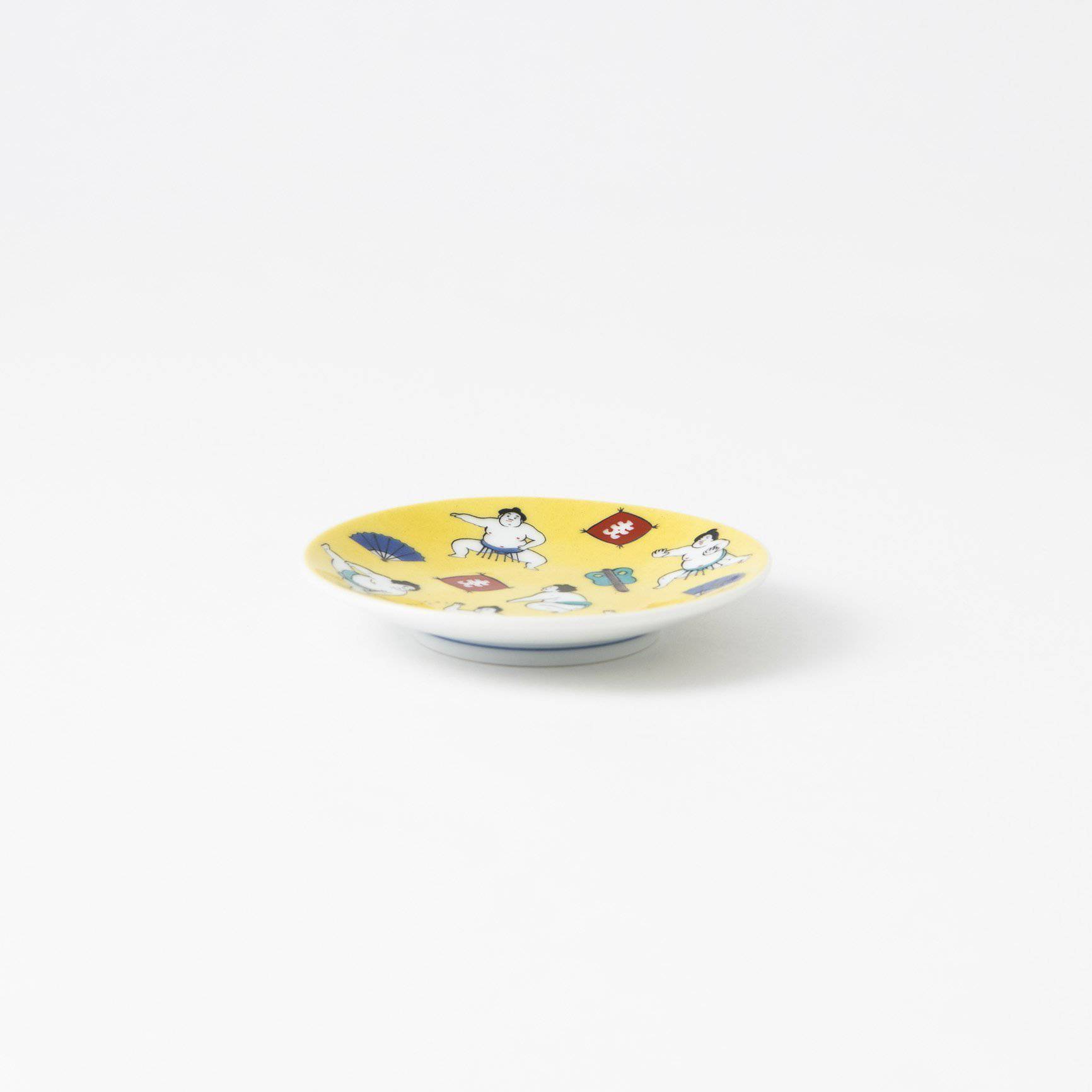
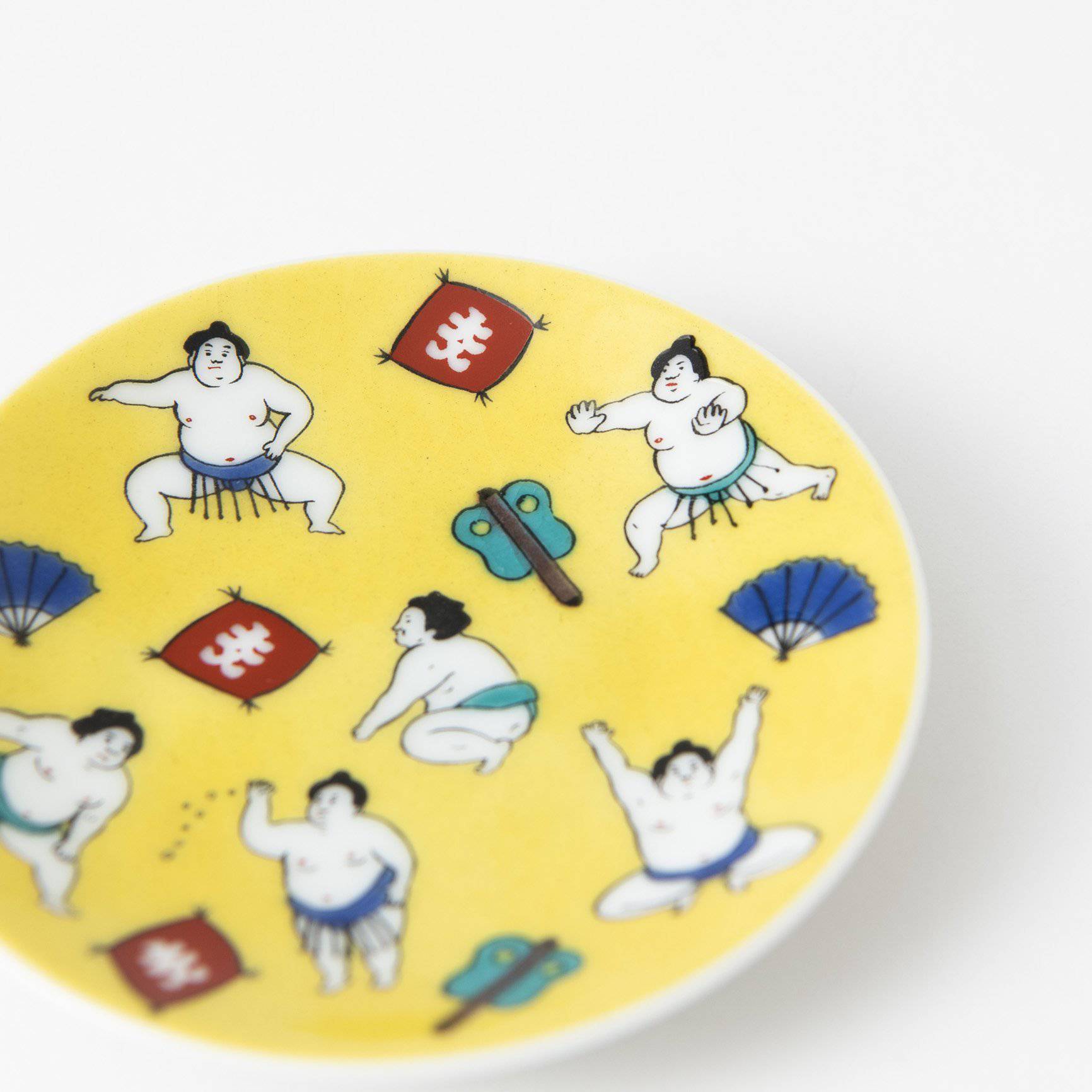
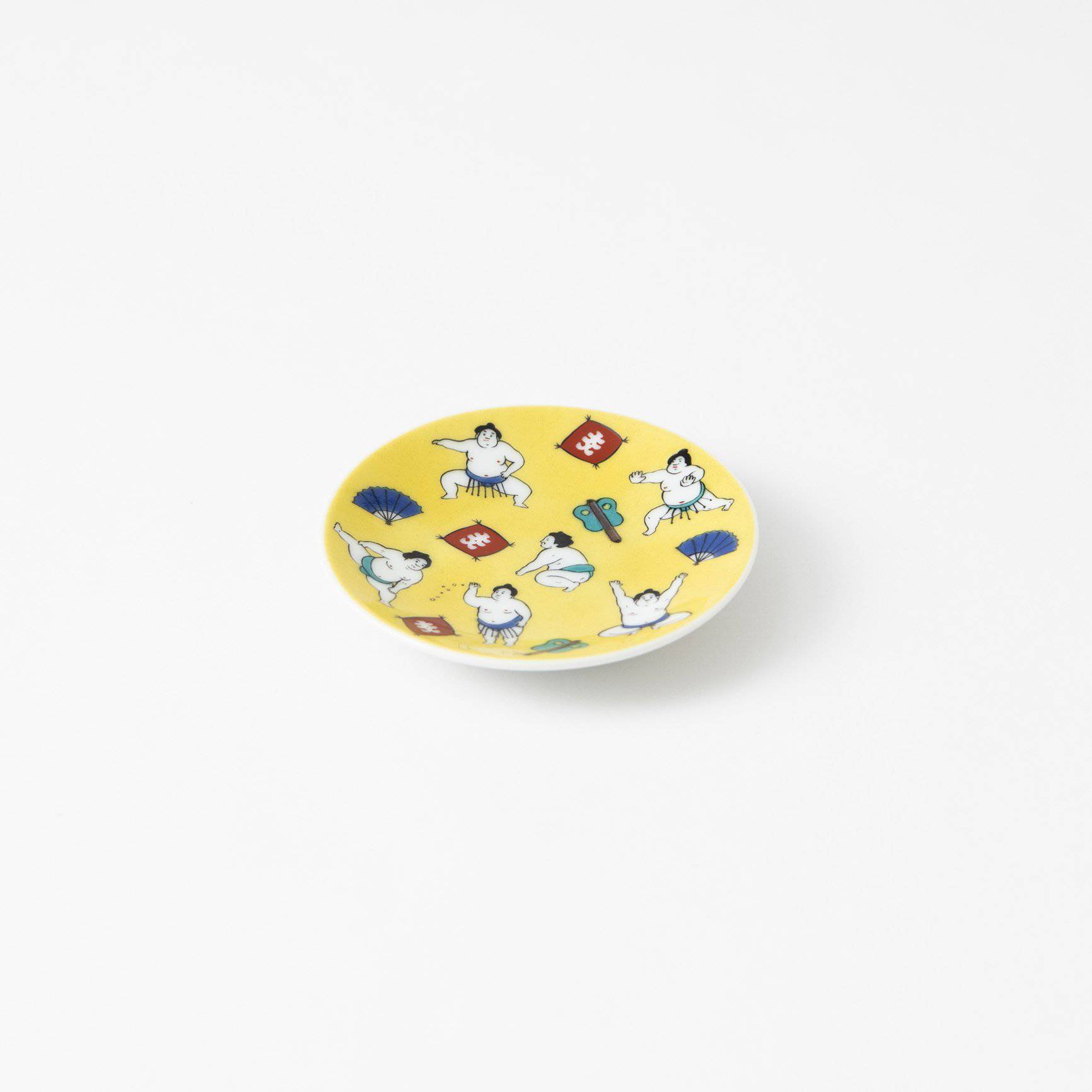
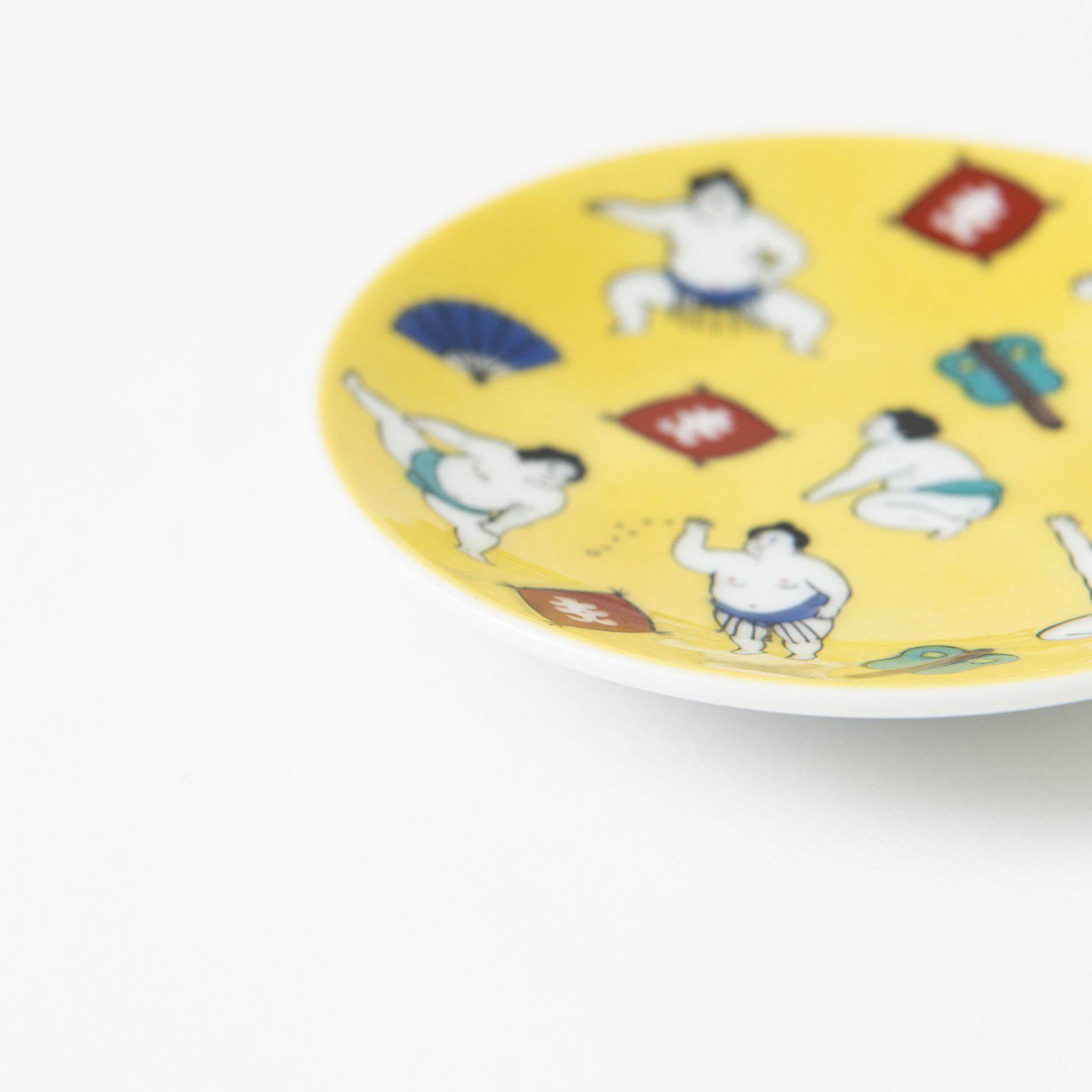
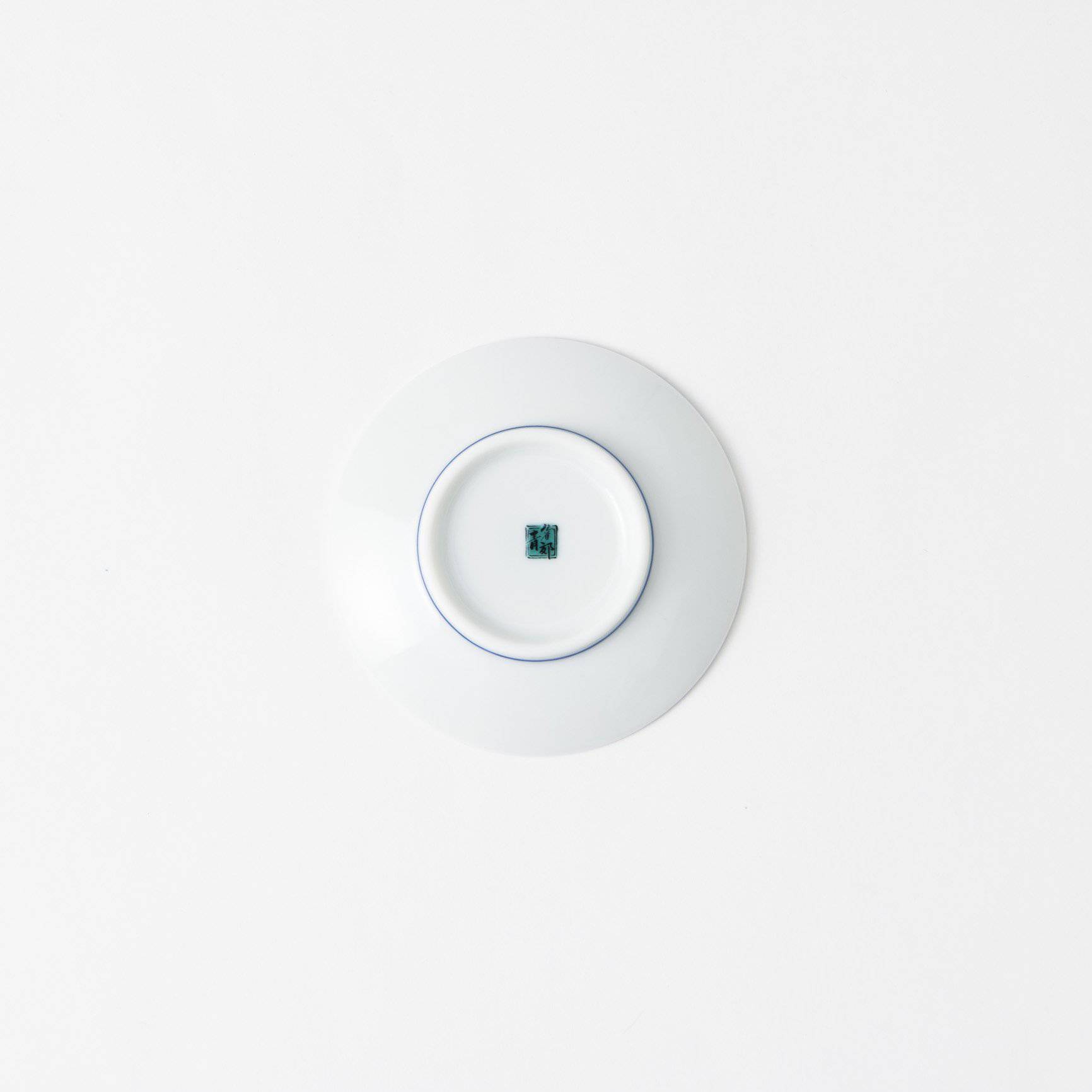
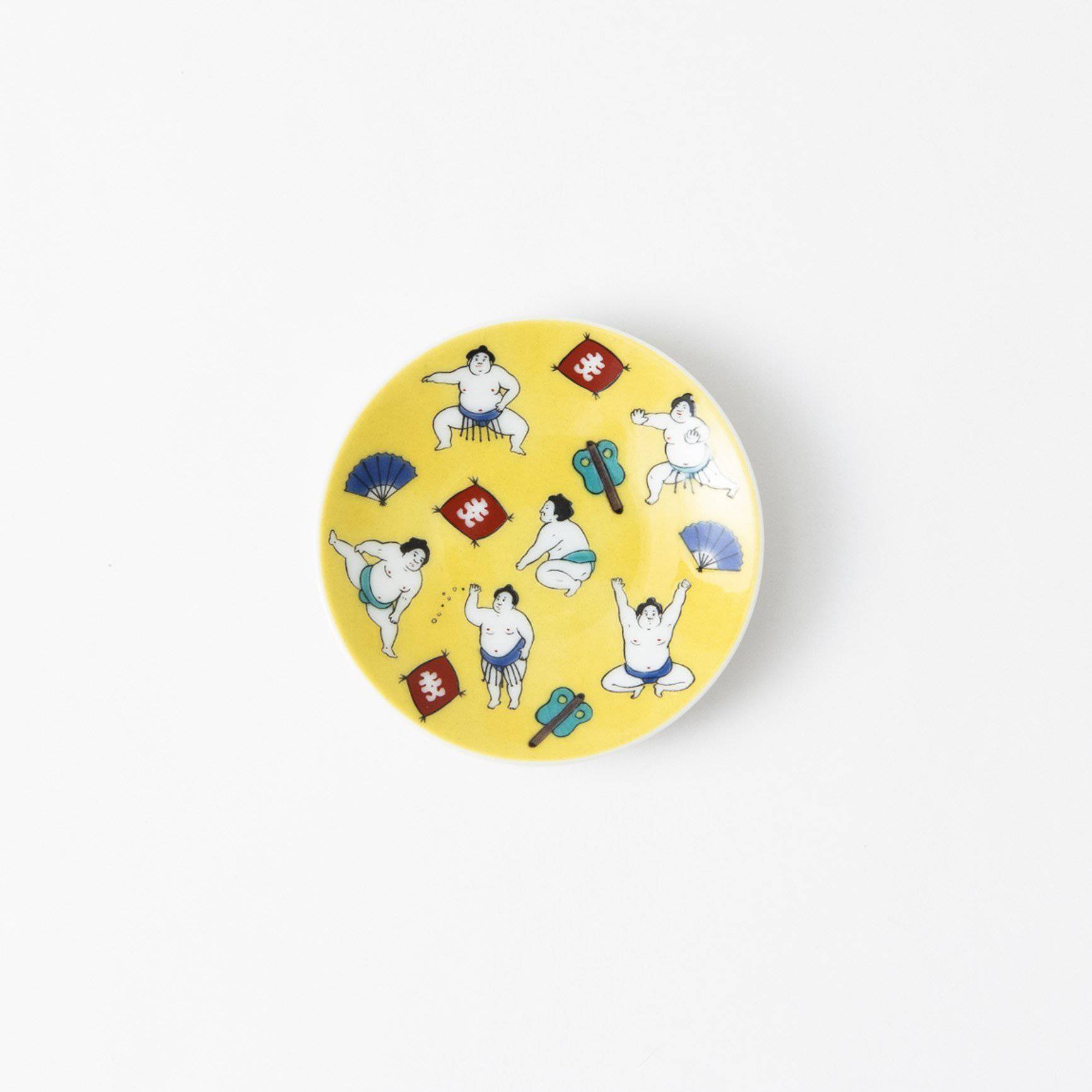
Sumo Sauce Plate
Estimated Shipping Widget will be displayed here!
This is a sauce plate featuring sumo wrestlers, a symbol of good luck in Japan since the Edo period (1603 –1868 CE).
It's the perfect size for use as a sauce plate, and it's also versatile enough to serve cheese, nuts, condiments, and other small foods.
Each piece is uniquely hand-painted by a dedicated artisan from the Sokyu Kiln of Kutani ware, giving the plate a warm and appealing texture. It makes a great gift for yourself or a loved one.
DETAILS
| Quantity | 1 |
| Size | D 9.5 cm (3.7 in) x H 1.8 cm (0.7 in) |
| Material | Porcelain |
| Microwave | Yes |
| Dishwasher | Yes |
Maker / Brand
Seikou Kiln, founded in the early Taisho era (1912–1926 CE) in Nomi City, Ishikawa Prefecture, has long been dedicated to the art of Japanese overglaze painting for Kutani ware. Through years of research, the kiln perfected a high-quality technique for transferring designs and patterns using in-house printed sheets. This method preserves the transparency of glassy glazes and the depth of thick overglaze paints, achieving the same richness as traditional hand-painting. Their work has earned prestigious accolades, including recognition in the Japan Tourism Agency's Charming Japanese Souvenir Contest.
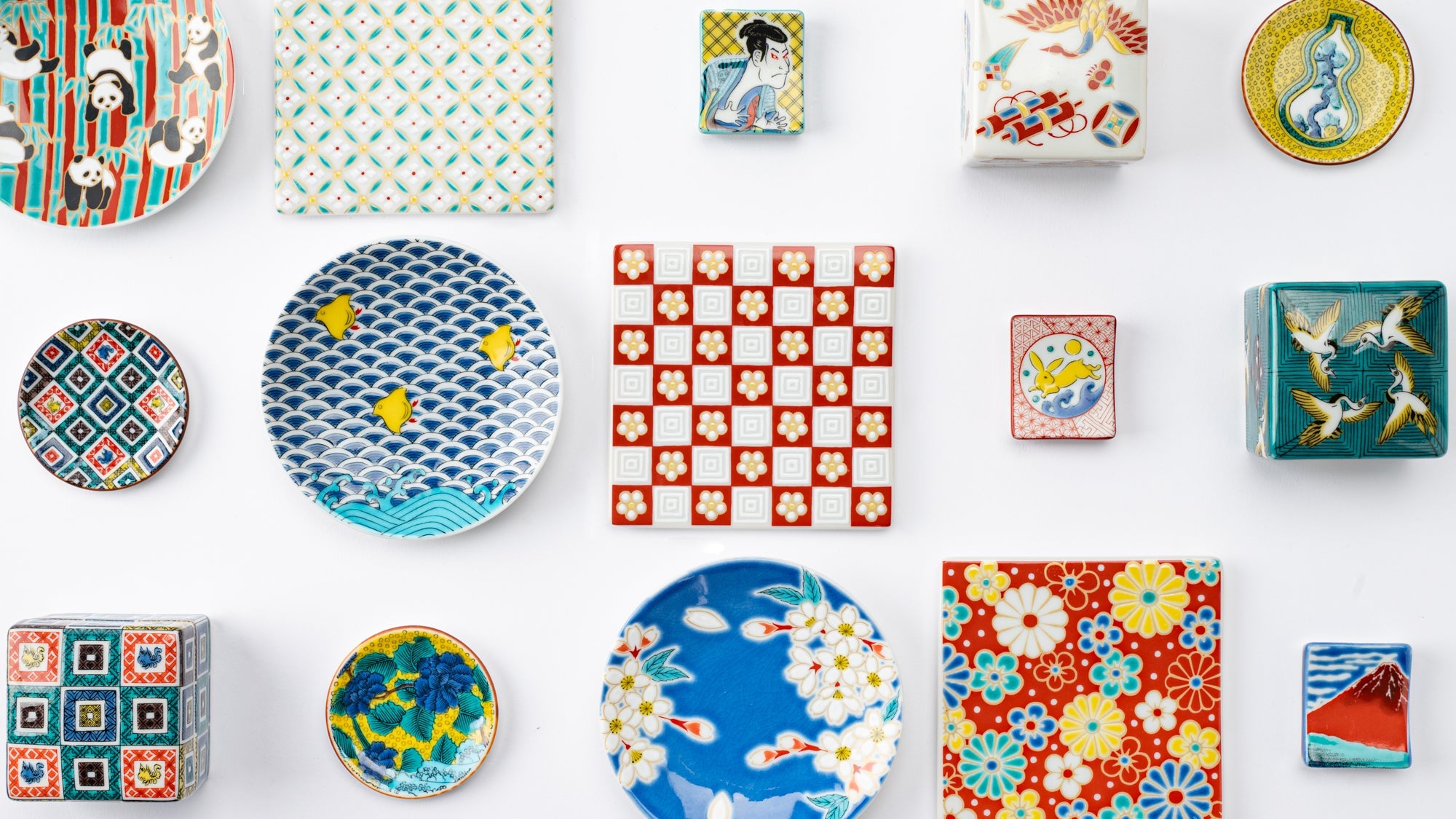
Crafts
Kutani ware is a pottery produced in the Kaga region of Ishikawa Prefecture, with a history spanning over 350 years. It is characterized by the heavy brilliance of the five colors of navy blue, red, purple, green, and yellow that are applied to the bold and daring lines. Its long history has evolved through the tireless efforts and enthusiasm of people who have sought innovation while maintaining tradition.
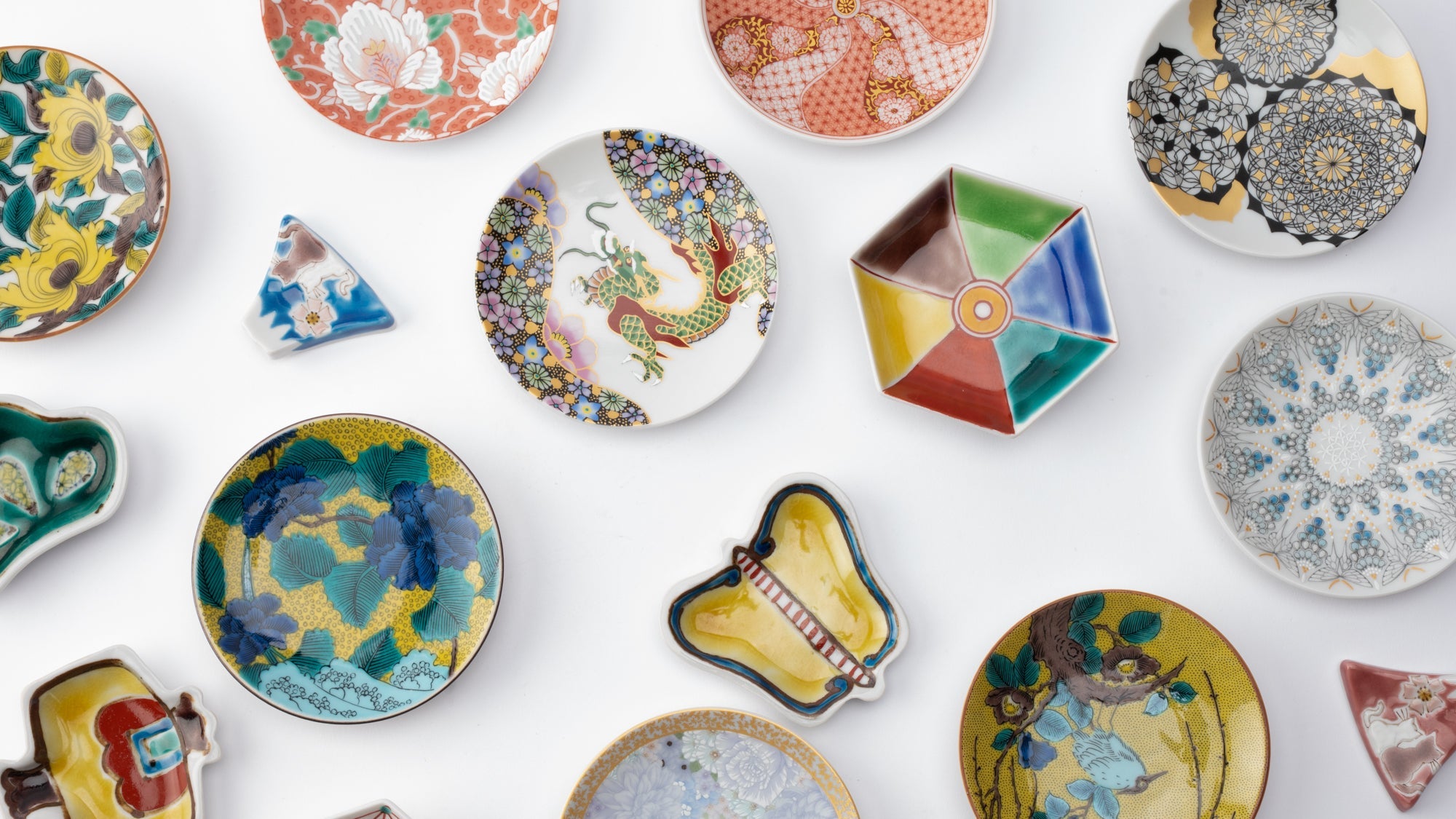
Choose options











Sauce Plates
Ranging in style from elegant to kawaii, our collection of Japanese sauce plates is perfect for when you need something small yet versatile for your dining table. Conveniently sized for soy sauce and other condiments accompanying sushi or noodles, these dishes are also just right for bite-sized cheese, nuts, and appetizers. A must-have for any meal.
This category includes plates with diameters under 12.9 cm (5.1 in).
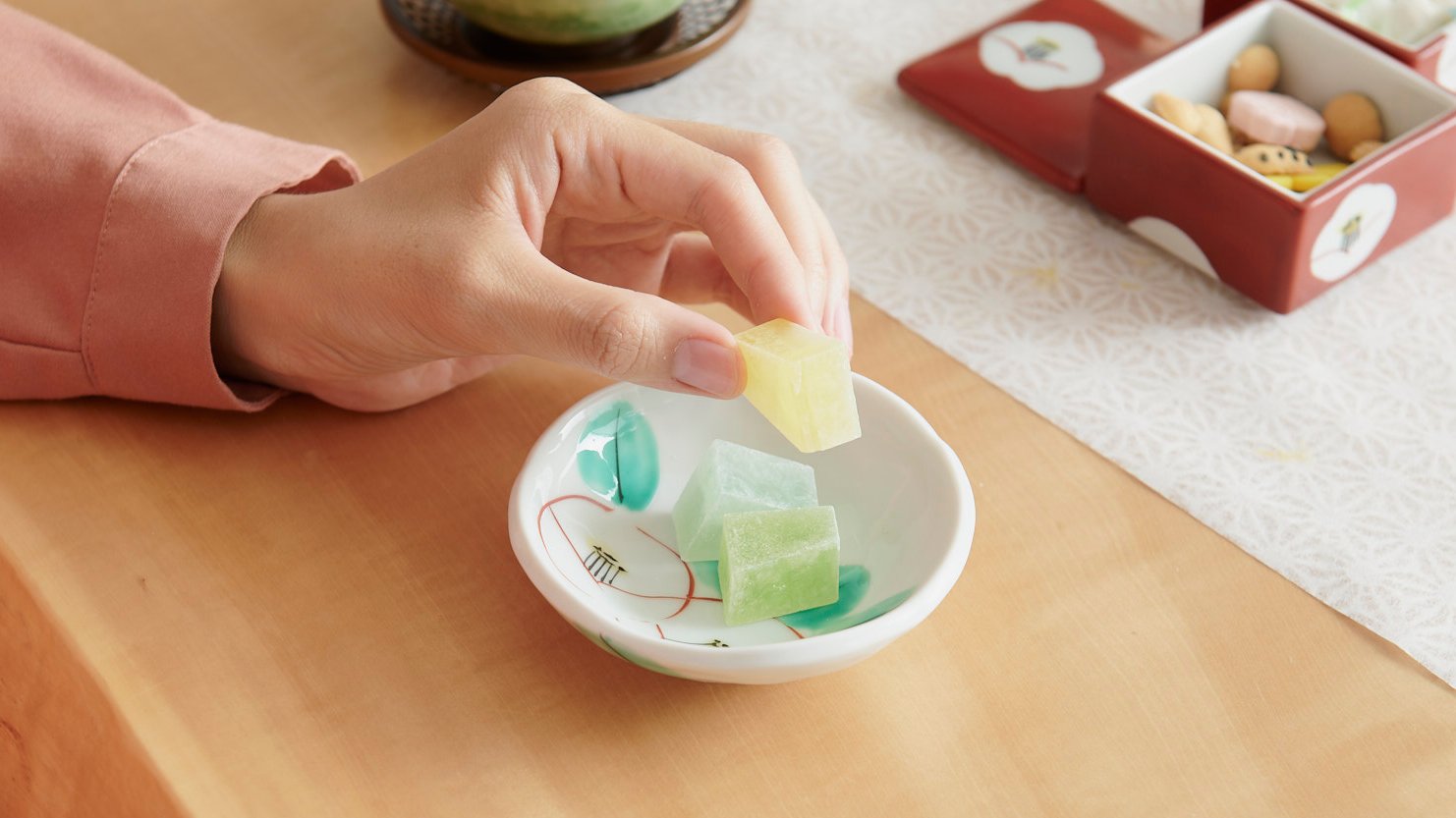
Yellow
In Japan, where seasons reign and the emperor's chrysanthemum blooms yellow, the color yellow embodies autumn's joy and translates beautifully to tableware, infusing settings with a vibrant and celebratory spirit.
Yellow, one of the gosai, or "five colors," of Kutani ware, adorns Japanese tableware pieces in styles from traditional to modern.
